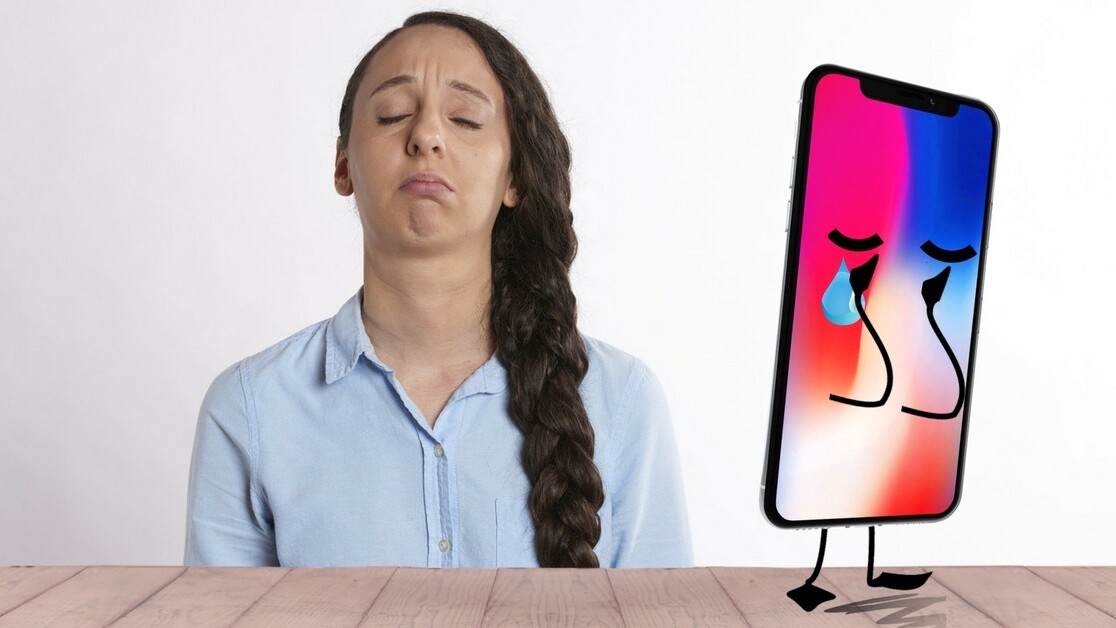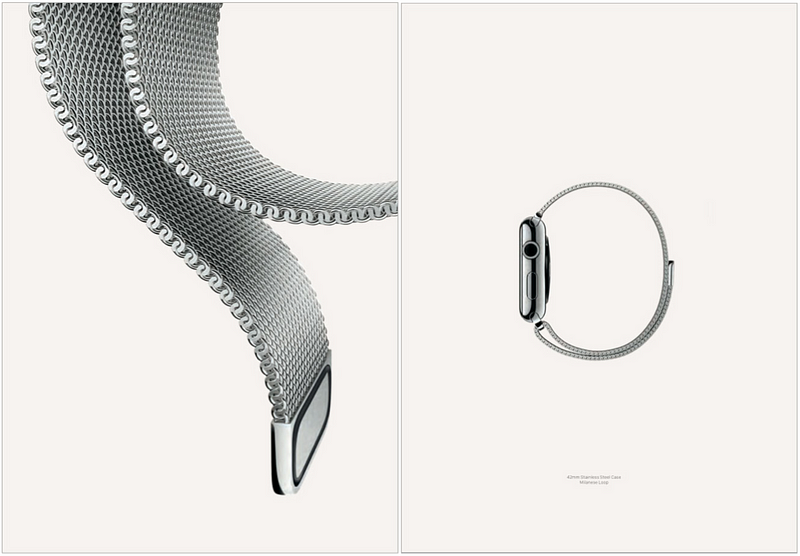
As it has become clear just how luxurious life within the Apple ecosystem tends to be, so too has it become clear why Apple power users — often dubbed “sheep” — tend to behave in the ways that they do.
They are the definition of people who pay premiums at every turn — with their time; with their money — they are the type of people who wake up at hours they shouldn’t, wait in lines others don’t, and pay amounts others can’t.
As I noted in The Luxury Network, there is good reason for this; life within the Apple’s ecosystem is sumptuous both because yes, the user experience is actually that good, but more so because the person you see yourself as within that ecosystem reflects the person you aspire to eventually become.
To those on the outside, this is impossible to imagine; indeed, it makes some angry to even consider that people perform the duties of an Apple devotee as dutifully as they do.
But the truth remains. And, of course, one of those oft-mocked duties is enduring the permanent anxiety induced by the fragility of most of Apple’s products — namely, the iPhone, and specifically, the iPhone X.
Almost nothing illustrates the power of Apple’s brand as clearly as iPhone owners’ behavior surrounding the protection — or more correctly, the maintenance — of their investment into it.
Between June of 2007, when the iPhone debuted, and late 2014, U.S. consumers spent roughly 23.5 billion dollars on smartphone repair, 10.7 billion of which was spent on iPhone repair, specifically.
In that same time, Apple’s average share of the U.S. smartphone market, based on point-in-time averages, was 27%. This means that, on average, since the release of the iPhone in 2007, Apple has owned 27% of the U.S. smartphone market, but 46% of the U.S. smartphone repair market.
To summarize, iPhone owners are, on average, nineteen percentage points more likely to fix their broken phone than an owner of any other smartphone.
I first wondered if the difference could be accounted for by a difference in repair costs, but prices for smartphone insurance and repair have followed a similar path over the years, and Samsung’s current prices are slightly higher than Apple’s.
Another simple explanation for the discrepancy could be that iPhones are simply more likely to break than any other type of phone, but the same company providing the data for the repair market share found there to be virtually no difference in the tendencies of the phones to break, assuming typical use.
Given all of this, one thing is abundantly clear: Apple users are more likely than any other smartphone user to get a broken phone repaired. The next question is simple. Why?
First, Scott Galloway, Professor of Marketing at NYU Stern School of Business and author of The Four, on Apple’s status as a luxury brand:
In the first quarter of 2015, the iPhone accounted for only 18.3 percent of the smartphones shipped globally, but 92 percent of the industry’s profits. That’s luxury marketing. How do you elegantly communicate to friends and strangers that your skills, DNA, and background put you in the 1 percent, no matter where you are? Easy, carry an iPhone.
Second, Scott Galloway again on luxury’s power:
Luxury products make no sense on a rational level. We just can’t break free of the desire to be closer to divine perfection or to procreate. When luxury works, the act of spending itself is part of the experience. Buying a diamond necklace out of the back of a truck, even if the stones are real, isn’t as satisfying as the purchase at Tiffany, from a well-dressed sales assistant who presents the necklace under brilliant lights and speaks in hushed tones. Luxury is the market equivalent of feathers on a bird. It’s irrational and sexual, and it easily overwhelms the killjoy, rational signals of the brain — such as “You can’t afford this” or “This really makes no sense.”
Apple commands an irrationally large portion of the market for smartphone repairs because it is a luxury brand, and the iPhone is a luxury good.
To own a broken iPhone, then, is to tolerate yourself in the presence of a defective luxury item — a Louis Vuitton purse with a tear in the leather, or a Porsche with a dent — and to find yourself a fraud for that reason; no one buys a luxury item to be seen with it damaged, and to own one in any other state is be in direct disagreement with the type of person you aspired to be by purchasing it.
It is no surprise, then, that consumers spend so much both to insure and repair Apple products; to be seen with a cosmetically damaged iPhone is to be known as the type of person who either tends to break phones — not a flattering status to own — or the type of person who cannot afford — either with money, or time — to fix the one they have. (And in either case, of course, a fraud.)
The only difference between those who fix the breaks and those who don’t, then, is that for those who do — and don’t have to think about where the money is coming from — owning a perfectly functioning iPhone is in direct agreement with the person they already are.
These people, like iPhones, do not aspire — though, at one point, they probably did — they are aspired to.
Meanwhile, of course, the rest of us angst over our spider-webbed screens, waiting for our next paycheck or week without a bad judgment call at some bar so we can purchase the fix without crippling anxiety.
In the meantime, we are reminded each and every time we pull out our phones that we are not where we want to be; that we are still aspiring, and that maybe, someday, we may also be aspired to.
Follow Zander here:
Get the TNW newsletter
Get the most important tech news in your inbox each week.





